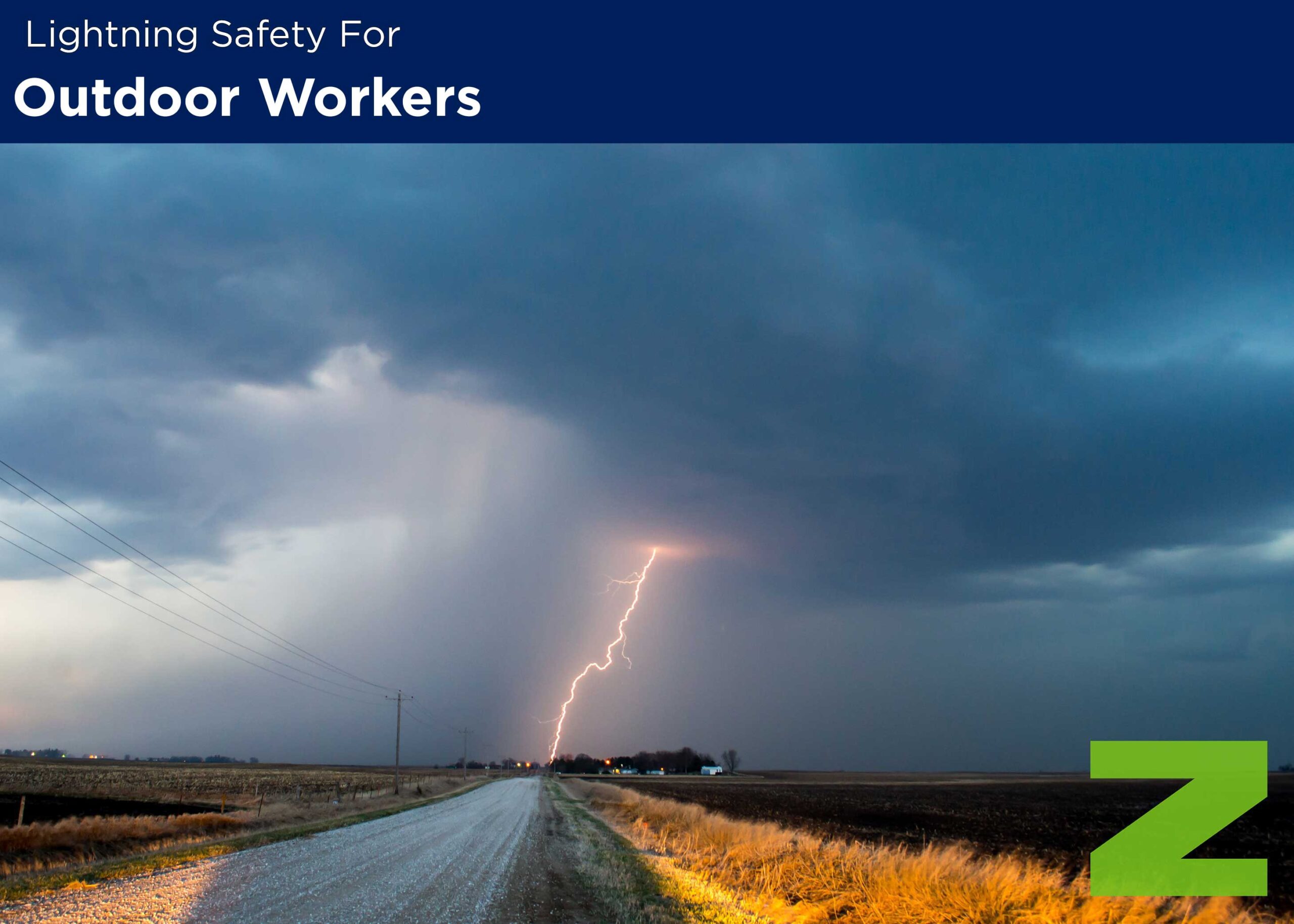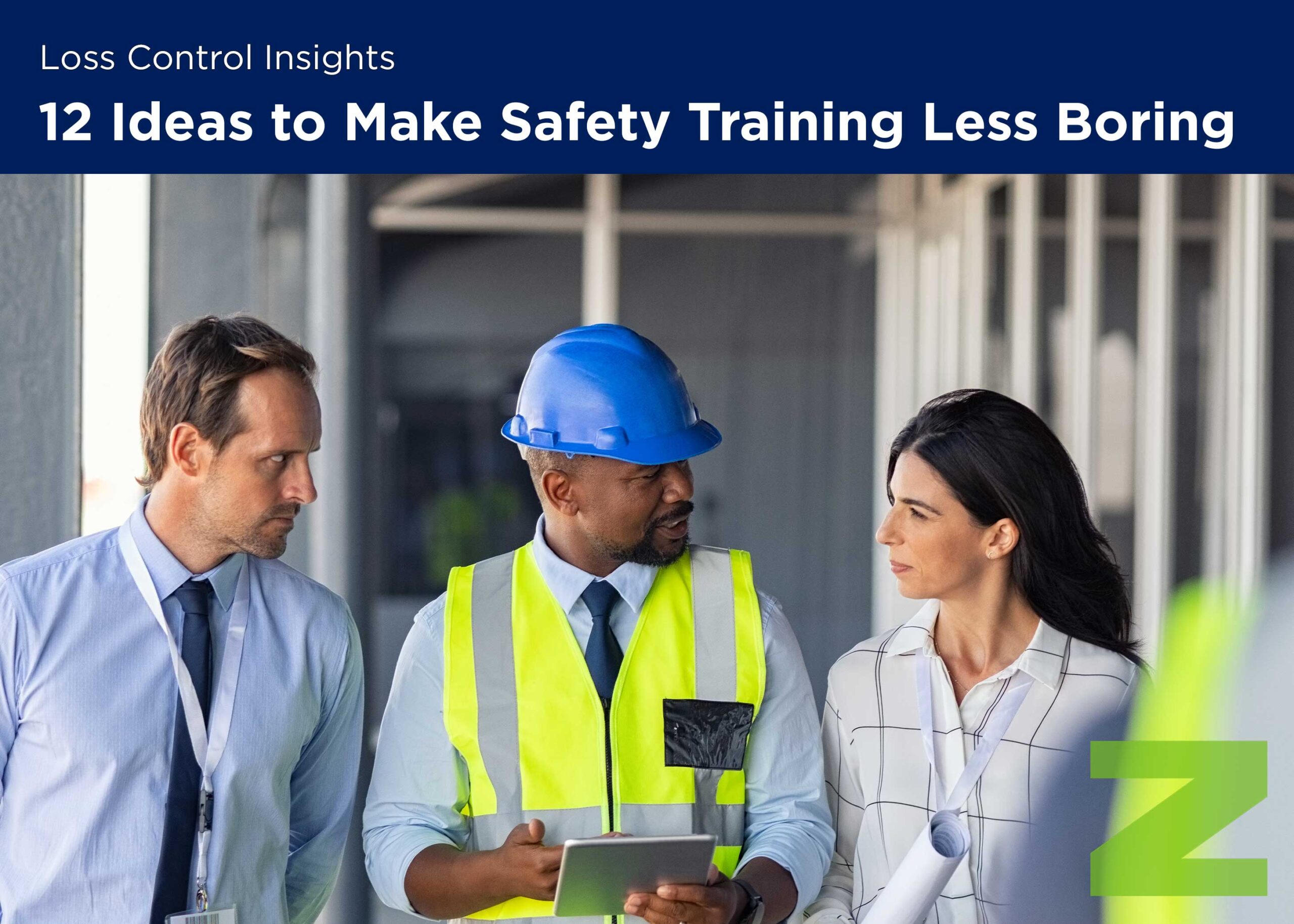According to the National Weather Service, there have been 26 fatalities in 2011 resulting from lightning strikes in 18 states and Guam. Workers account for about one-third of the total number of people struck by lightning; roofers, construction workers, road crews, pipe fitters and farm workers are especially at high risk.
Lightning typically strikes tall objects, including people standing on open ground or a roof. Work sites should have a plan in place to keep workers safe in case of a lightning storm.
Lightning Safety Policy for Outdoor Work Sites
- Monitor weather conditions in the early morning hours for reports of impending severe weather in your area. If warranted, continue to monitor weather conditions throughout the day. An inexpensive portable weather radio can provide timely storm data from local weather forecasts.
- All employees should understand what lightning safety plans are in place, which includes what shelters are available to them at that particular work site (see Safe Shelter Considerations on back).
- It’s easy to determine when to take shelter. If you hear thunder, the associated lightning is within 8 miles. Suspend activities, allowing sufficient time to get to shelter. A good lightning safety motto is: “If you can see it (lightning), flee it; if you can hear it (thunder), clear it.”
- If you feel your hair standing on end, and/or hear “crackling noises,” you are in the lightning electrical field. If caught outside during a lightning storm, immediately remove all metal objects (including hats), place your feet together, duck your head, and crouch down low in baseball catcher’s stance with hands covering your ears.
- Wait a minimum of 30 minutes from the last observed lightning or thunder before resuming normal work activities. Be extra cautious during this phase, as the storm may not be over.
- If someone has been struck by lightning, get emergency help promptly and apply first aid. It is a myth that lightning victims carry a charge after the strike—they are safe to handle and may need first aid immediately.
Safe Shelter Considerations
Ordinary wood buildings provided for worker lunch breaks or shelter from rain or sun are not safe from lightning. Similarly, small post-supported structures, such as bus stops or picnic shelters, are not safe either and cannot be made safe for people.
Fully enclosed metal vehicles are safe shelters, as well as other all-metal, mobile equipment. This includes airplanes, buses, vans and construction equipment with enclosed metal cabs, provided the “outer metal shield” is fully intact. All windows must be rolled up and people inside should avoid touching all objects that penetrate from inside to outside (e.g., radio dials, metal door handles, two-way radio microphones, etc.).
Unsafe vehicles include those made of fiberglass and other plastics, plus small riding machinery or vehicles without enclosed canopies, such as motorcycles, farm tractors, golf carts and ATVs.
Metal shipping containers and old railroad box cars can be easily modified to become inexpensive, effective, portable and rapidly deployable shelters. Double walls are preferable over single walls. Openings should be cut out for ventilation and two separate doorways should be provided. Containers do not need to be grounded.
SAFE: • Fully enclosed metal vehicles with windows up • Fully enclosed buildings with plumbing and/or electrical service • Low ground, ditches, or clumps of bushes • Trees of uniform height, such as a forest
UNSAFE: • Outdoor areas with metal objects such as power poles, fences, high-mast light poles, metal bleachers, electrical equipment, mowing and road machinery • Solitary trees • Bodies of water, open fields, high ground and caves





